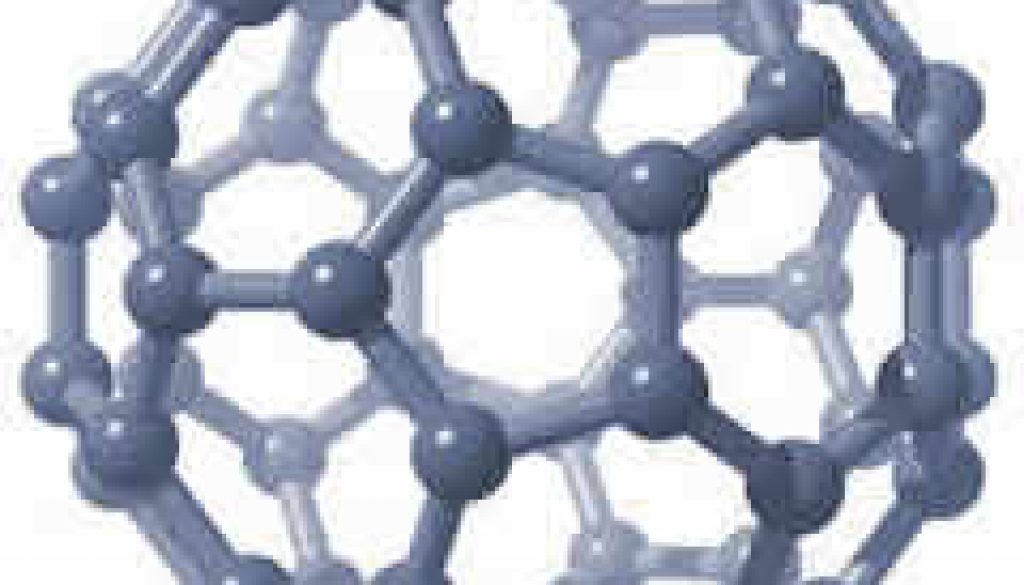Nanoscience and Nanotech- emerging technologies
 By Adina Moloman
By Adina Moloman
Sources: http://www.rsc.org, www.cnyn.unam.mx, http://www.understandingnano.com, Reuters
Nanotechnology research is dominating many of the scientific headlines and should be viewed as a process that gradually will affect most companies and industries. Nanotechnology science deals with matter on a very small scale – larger than atoms and molecules, but small enough because one can fit about 80,000 nanometers in the width of a single human hair.
Nanotechnology is being used in electronics by reducing the weight and power consumption of electronics devices; in the auto industry where the auto manufactures are lowering weight, increasing mileage, and creating longer-lasting autos where fewer repairs will be needed; space industry, where advancements in nanomaterial make lightweight spacecraft and a cable for the space elevator possible; fuels; battery; solar cells, medicine, fabrics, etc. In the medicine field the nanoparticles can deliver drugs directly to diseased cells in a human body and reduce the risk of attacking healthy cells such is the case of chemotherapy. Improvement on fabrics with the help of nanotechnology will have a deep impact in the clothing industry affecting co related business such as dry cleaners, detergent makers who will experience a decrease in customers.
The huge activity across nanotechnology in the last 10 years was reflected in an increasing number of patents. Major corporations and major universities in South Korea and the US generally submit patent applications. There is a high level of patent activity in this technology observed in China in the past few years.
According to a new study by law firm McDermott Will & Emery, U.S.-based inventors accounted for 54 percent of the nanotechnology patent applications and grants reviewed in the study, followed by South Korea with 7.8 percent, Japan with 7.1 percent, Germany with 6.2 percent and China with 4.9 percent. Considering the geographic location of the owner of the nanotechnology patents and proposed patents, the percentage of patents issued to U.S.-based entities is not quite as high because many foreign companies that are operating in a US territory are the owners of the patent.
The first generation nanocatalytic converters made in Mexico was created by researchers at the Nanoscience and Nanotechnology Center (“CNyN”) in their Ensenada, Baja California campus, for use in the Mexico Manufacturing industry, especially in the automotive sector. They had the prototypes tested at a specialized laboratory in the United States but the owners of the patent are Mexican researchers.
This year in order to celebrate the birth of the Bionanotechnology Group in Ensenada, the Center of Nanoscience and Nanotechnology (CNyN) of the National Autonomous University of México (UNAM) will be held during the Second International Symposium on Nanoscience and Nanomaterials in Ensenada, México on March 4 – 8, 2013. Participants at the symposium are researchers from Mexico, US and European universities.
There is a group of specialists that considers the density of nanotech patents is an obstacle to research across the field and the patent rules should be changed.





